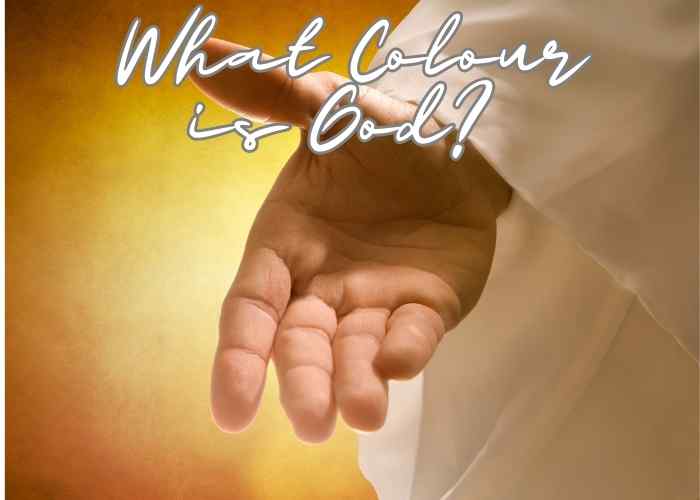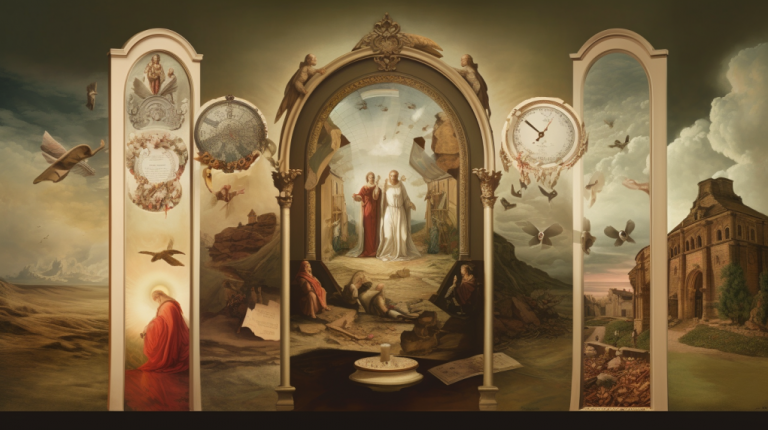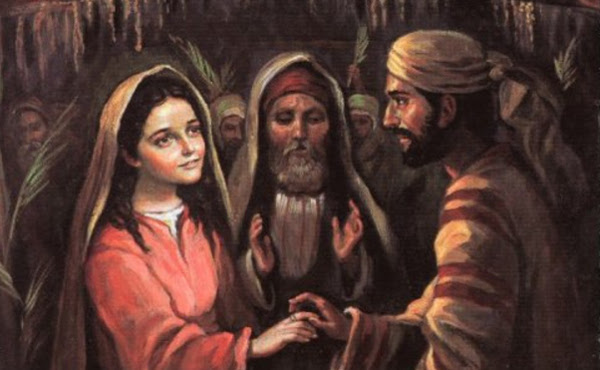Heavenly Palette: Unraveling the Enigma of What Colour is God
The concept of God has been a subject of fascination and debate for centuries. In Christianity, God is often described as omnipotent, omniscient, and omnipresent. However, one question that has intrigued many is: what color is God?
While it may seem like a trivial question, understanding the Christian perspective on the concept of God and the significance of color in religious and spiritual contexts can provide valuable insights into the faith.
In this blog post, we will explore biblical descriptions of God, the symbolism of colors in Christianity, artistic depictions of God, the role of culture in perceiving God’s color, theological interpretations, and more.

Biblical Descriptions of God
The Bible offers various descriptions of God, some of which include references to color or visual attributes. For instance, in 1 John 1:5, God is described as light:
“God is light; in him there is no darkness at all.”
This verse emphasizes the purity and holiness of God, as well as His role as a guiding force in the lives of believers.
Another example can be found in Exodus 24:17, where God’s appearance to Moses on Mount Sinai is described:
“The appearance of the glory of the Lord was like a consuming fire on the top of the mountain.”
This vivid imagery of fire suggests the power and presence of God, as well as His ability to purify and transform.
While these descriptions do not explicitly assign a specific color to God, they provide a foundation for understanding the Christian perspective on the divine.
The symbolism of Colors in Christianity
Colors hold significant symbolism in Christianity, often representing various aspects of the faith and the nature of God. Some of the most prominent colors and their meanings include:
- White: Symbolizing purity, innocence, and holiness, white is often associated with God, Jesus Christ, and the Holy Spirit. In the Bible, white is used to describe the garments of angels (Matthew 28:3) and the transfiguration of Jesus (Matthew 17:2).
- Blue: Representing divine wisdom, truth, and heavenly realms, blue is often linked to the Virgin Mary, who is frequently depicted wearing blue garments. In the Old Testament, blue is mentioned as one of the colors used in the construction of the Tabernacle (Exodus 26:1).
- Red: Symbolizing passion, love, and sacrifice, red is often associated with the blood of Jesus Christ, shed for the redemption of humanity. The color red is also used to describe the robes of the Roman soldiers who mocked Jesus during His crucifixion (Matthew 27:28).
These colors, among others, play a significant role in Christian art and symbolism, providing insights into the nature of God and the Christian faith.
Artistic Depictions of God in Christian Art
Throughout history, artists have attempted to depict God in various forms, often using color to convey specific attributes or characteristics. In early Christian art, God was often represented as a hand emerging from a cloud, symbolizing His divine intervention in human affairs.
Later, during the Renaissance, artists began to depict God as an elderly, bearded man, often surrounded by light or wearing white garments to emphasize His purity and holiness.
In more recent times, artists have continued to explore different ways of representing God, sometimes using abstract or non-representational forms to convey the idea that God is beyond human comprehension. In these cases, color may be used to evoke specific emotions or spiritual concepts, rather than attempting to portray a literal representation of God.
The Role of Culture in Perceiving God’s Color
Cultural factors play a significant role in shaping the way Christians perceive the color of God. Throughout history, various cultures have developed their own unique interpretations of God’s appearance, often influenced by local artistic traditions and religious beliefs.
For example, in Ethiopian Orthodox Christianity, God is often depicted with dark skin, reflecting the cultural context in which the faith developed. Similarly, in European Christian art, God is frequently portrayed with light skin, reflecting the predominantly Caucasian population of the region.
As Christianity has spread across the globe, these cultural interpretations of God’s color have continued to evolve, demonstrating the diversity and adaptability of the faith.
Theological Interpretations of God’s Color
From a theological standpoint, many Christian scholars argue that God is transcendent and beyond human comprehension, making it impossible to assign a specific color to Him. According to this view, any attempt to depict God in a particular form or color is ultimately a human construct, reflecting our limited understanding of the divine.
Some theologians also point to the concept of the Trinity – the belief that God exists as three persons (Father, Son, and Holy Spirit) in one divine being – as evidence that God cannot be confined to a single color or appearance. Instead, they argue that God’s true nature is beyond the limitations of human perception and understanding.
Others emphasize the importance of focusing on the attributes and characteristics of God, rather than attempting to assign a specific color to Him. For example, the Apostle Paul writes in Colossians 1:15 that Jesus Christ is “the image of the invisible God,” suggesting that the true nature of God can be understood through the life and teachings of Jesus, rather than through physical appearances or colors.
The Significance of Color in Christian Worship and Practice
While the color of God may be a subject of debate and speculation, the use of color in Christian worship and practice is well-established and deeply meaningful. Liturgical colors, for example, are used to mark different seasons and celebrations within the Christian calendar, helping to create a sense of continuity and connection between believers.
Some of the most common liturgical colors and their meanings include:
- Purple: Symbolizing penitence and preparation, purple is used during the seasons of Advent and Lent, as well as on days of fasting and prayer.
- Green: Representing growth and new life, green is used during Ordinary Time, the period between major Christian celebrations such as Christmas and Easter.
- Gold: Symbolizing joy and celebration, gold is often used on special occasions such as Christmas, Easter, and the Feast of All Saints.
These colors, along with others, serve to enrich the Christian worship experience and provide a visual reminder of the faith’s rich history and traditions.
Conclusion
In conclusion, the question of what color God is may never be definitively answered, as it ultimately depends on individual perspectives, cultural contexts, and theological interpretations.
However, exploring the various ways in which color is used in Christianity – from biblical descriptions of God to the symbolism of colors in art and worship – can provide valuable insights into the nature of the divine and the Christian faith.
Rather than focusing solely on the color of God, believers may find it more meaningful to consider the attributes and characteristics of God as revealed through the Bible, the life of Jesus Christ, and the teachings of the Christian faith.
By doing so, we can deepen our understanding of God’s nature and presence in our lives, transcending the limitations of human perception and embracing the mystery and wonder of the divine.

Sangtea Hmar is a passionate leader of the Youth Christian Fellowship at the Electric Vengthlang Presbyterian Church in Aizawl, Mizoram, India. He is the owner of Christiantone.com and is committed to spreading the word of God. He loves to mentor youth and help them grow in their faith.






